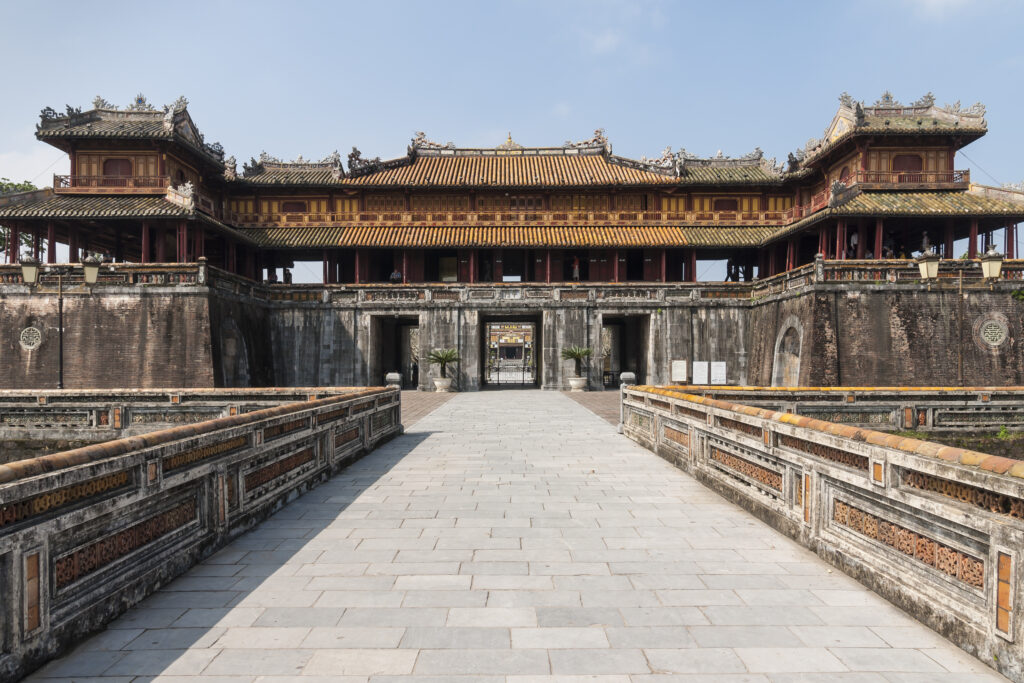
About
Hue is a historic city in central Vietnam, famous for its rich cultural heritage and significance as the former imperial capital of the Nguyen Dynasty. Located along the Perfume River, Hue is renowned for its grand Imperial City (Citadel), royal tombs, pagodas, and ancient temples, which reflect centuries of Vietnamese architecture and tradition. Landmarks such as Thien Mu Pagoda and the tombs of emperors like Tu Duc and Khai Dinh showcase the city’s historical and spiritual importance. Hue is also known for its unique cuisine, traditional music, and festivals, which preserve the royal customs of the past. Blending historical grandeur with serene riverside landscapes, Hue offers a profound glimpse into Vietnam’s imperial history and cultural legacy.
Places of Interest
-
Truong Tien Bridge, an iconic landmark spanning the Perfume River in Hue, Vietnam, stands as a symbol of the city’s rich history and architectural heritage. Named after the reigning emperor …
-
The Tomb of Tu Duc, located in Hue, Vietnam, is a magnificent mausoleum complex dedicated to Emperor Tu Duc, the fourth emperor of the Nguyen Dynasty. Built during his reign …
-
Thien Mu Pagoda, also known as Linh Mu Pagoda, is one of the most iconic and revered religious sites in Vietnam, located on the banks of the Perfume River in …
-
The Tomb of Minh Mạng, located near Hue in central Vietnam, is a remarkable testament to the grandeur and sophistication of Vietnamese imperial architecture. Built in the early 19th century, …
-
The Hue Imperial City, located in Hue, Vietnam, is a UNESCO World Heritage Site and one of the country’s most iconic historical landmarks. Also known as the Citadel of Hue, …
-
Hue, situated in central Vietnam along the banks of the Perfume River, is a city steeped in history, cultural richness, and imperial grandeur. As the former capital of the Nguyen …
